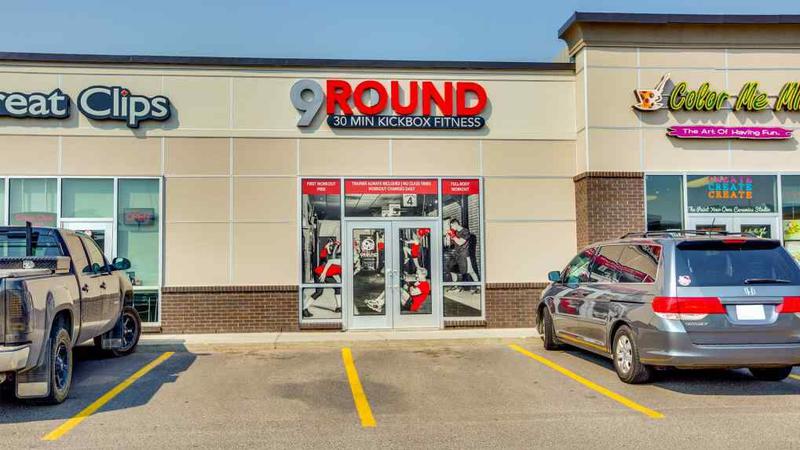
Protecting private lands crucial to Alberta’s environmental future
LETHBRIDGE – While there is always a significant emphasis on conservation in provincial and national parks across Alberta, the guest speaker at SACPA (Southern Alberta Council on Public Affairs) Thursday, Feb. 1, noted the importance of protecting private lands as well.
Justin Thompson, the Executive Director of Southern Alberta Land Trust Society (SALTS), first encountered the group while looking for ways to protect the wildlife habitat and watersheds on his own land near Pincher Creek.
“The main issue, really, is that over the last hundred years, we’ve added about a million more people to this landscape in southern Alberta. And what that’s meant is more roads, more houses,” Thompson explained. “You might ask, why does that matter? We’ve got our provincial parks, our national parks. But the fact is, a lot of the lands that are private land, actually hold different or higher ecological values than some of our parks. And so, if we don’t protect some of those private lands we’re missing a big piece of the picture in terms of conservation.”
Thompson went on to note that those privately-owned lands provide critical range for species like elk, while the waters offer a clean habitat for fish while also filtering and storing our drinking water.


